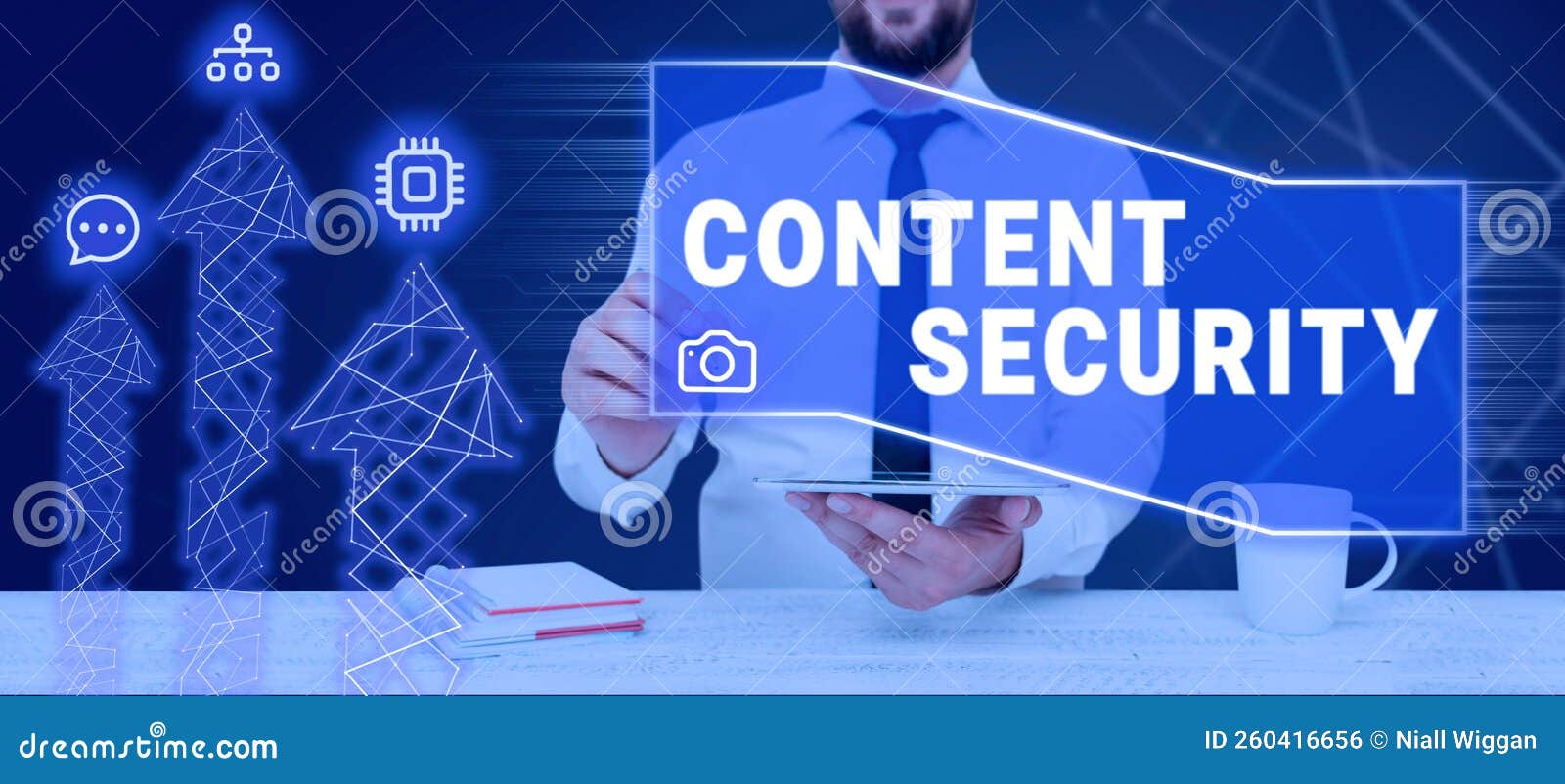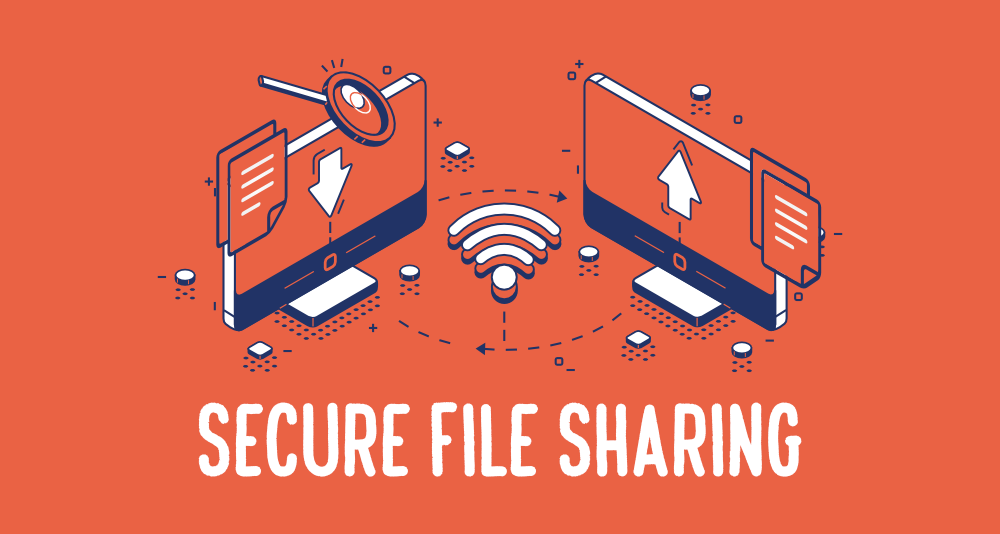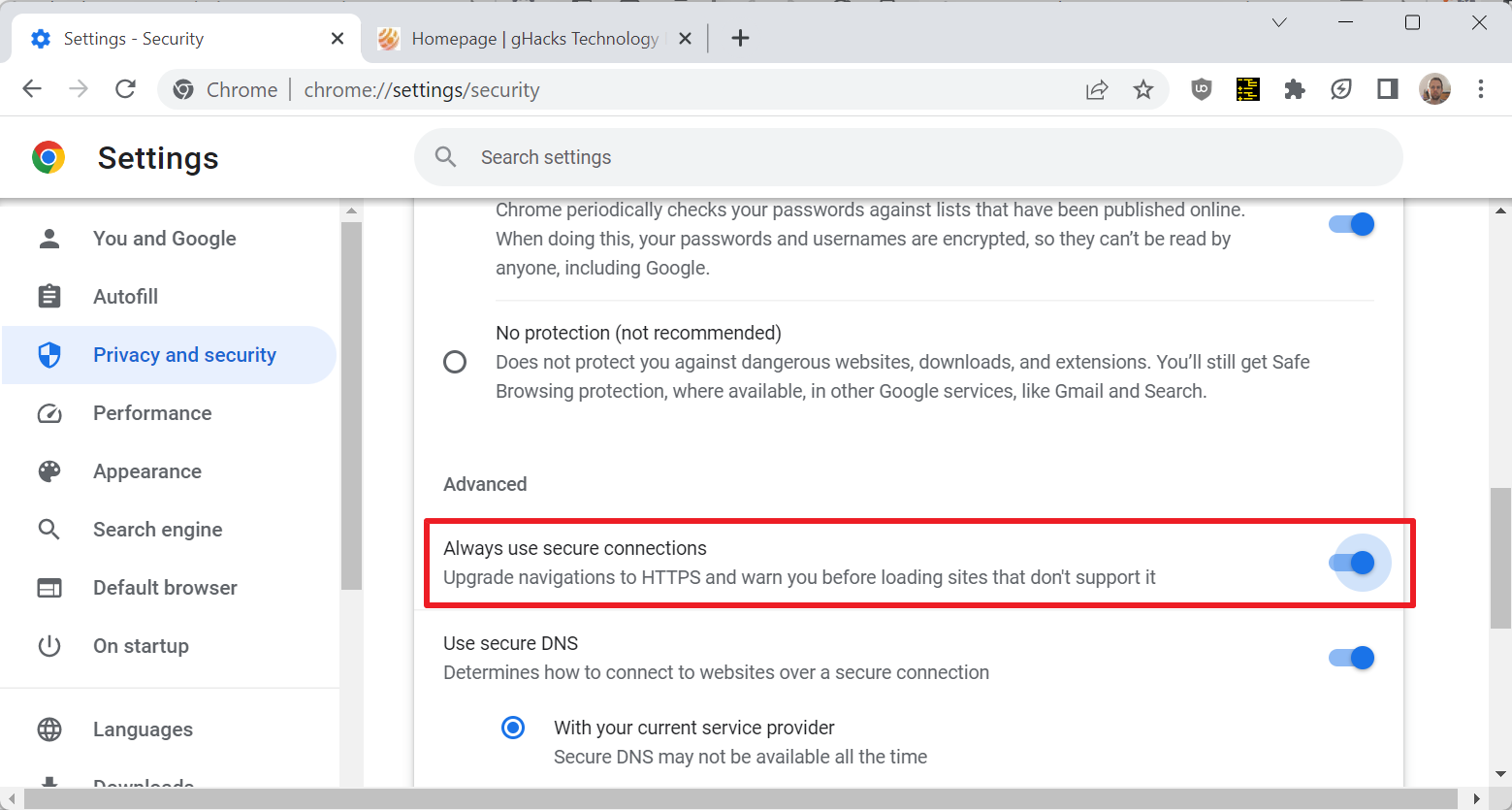Protect Digital Downloads: Secure Methods & Best Practices
In an increasingly digital world, where intellectual property is as valuable as physical assets, how do you safeguard your creations from the ever-present threat of online theft and unauthorized access? The protection of digital downloads is not merely a technical necessity; it's a fundamental requirement for maintaining revenue streams, preserving brand value, and upholding the trust of your customer base.
The digital landscape offers unprecedented opportunities for creators and businesses, allowing for global reach and instant distribution. However, this convenience comes with significant risks. The very nature of digital content makes it vulnerable to piracy and unauthorized redistribution. Ensuring the security of your downloadable files is paramount, demanding a proactive approach to protect your intellectual property and investments.
The process of securing digital downloads is multifaceted, requiring a strategic blend of technical measures and operational best practices. The goal is to create a secure environment where content can be accessed only by authorized users, preventing data breaches, tampering, and unauthorized redistribution.
The initial step is to understand the target audience and their specific needs. This understanding will inform the type of content that is created or acquired, the way it will be delivered, and the security measures that will be implemented. Without knowing the customer, it is difficult to create relevant downloadable content.
Consider the specific format of the content, the level of interactivity desired, and the devices on which users will access it. The next stage is to create, or acquire, the relevant content. The quality, value, and appeal of the downloadable content play a crucial role in attracting and retaining customers. Before providing the content to your customers you should ensure that you are providing the correct content.
The content must be uploaded to a secure online platform that enables controlled access, such as a membership portal, a learning management system, or a dedicated file-sharing service. The online platform must be protected from the prying eyes of potential hackers or those who would misuse the content. This platform should also offer features like user authentication, encryption, and access controls. Secure platforms usually include additional functionalities, like reporting and analytics to track downloads, monitor user feedback, and update content as needed.
Once the content is available, it is crucial to monitor downloads, user feedback, and update content regularly. This continuous process ensures that content remains relevant, up-to-date, and valuable to the target audience.
Heres a table summarizing the main points about digital downloads.
| Aspect | Details |
|---|---|
| Importance | Safeguarding revenue, brand value, and customer trust |
| Risks | Piracy, unauthorized redistribution, data breaches |
| Key Steps | Identify target audience, create/acquire content, upload to secure platform, monitor downloads and update |
| Technical Measures | User authentication, encryption, access controls |
| Operational Best Practices | Regular content updates, user feedback incorporation |
Implementing robust security measures ensures that access to the content is reserved only for paying customers and members, thus contributing to a healthier bottom line. Protection is not merely about preserving revenue; its about upholding the value and exclusivity of your creations. By guaranteeing your download files are easily identifiable, you can then focus on protecting them during transmission, which is where secure download protocols become indispensable.
You must ensure that your digital products are transmitted securely to prevent unauthorized access, tampering, or data breaches. Data from downloaded content is only as secure as its weakest link, meaning that if one component of the download protection strategy is prone to exploitation, then vulnerabilities can easily spiral, resulting in catastrophic outcomes. Therefore, robust policies and proper analytics to audit potential vulnerabilities are significant.
One of the simplest ways to secure digital downloads is to use a protected method that is secure and encrypted to deliver content to customers. There are various strategies for doing so, and its essential to find a method that matches the business needs.
One of the most critical things to avoid is storing your download or content on a page within your site with a hidden URL. This method is an easy target for hackers who want to find and steal content. Instead of just a hidden URL, use a password-protected page or implement more sophisticated security measures.
The plugin allows you to secure your downloadable WordPress files by implementing restrictions on who can access them. With this tool, you can limit users to accessing only their own files and files shared with them. This can greatly improve the security of your digital products.
Downloadable Content (DLC) is becoming a golden goose for game developers. Effectively securing cell and gene therapies with closed systems, the cell and gene therapy (CGT) industry is growing rapidly, due to its potential to target chronic and rare diseases that previously had limited treatment options.
Instead of securing individual downloads, you can also protect the entire page with a password. All files embedded on the protected content will be automatically restricted to a one-time download. As a result, both the page content and files are protected simultaneously.
The Edexcel online Secure Download Service (SDS) explains how to access and use the SDS on Edexcel Online to download confidential examination materials, including steps for setting up an SDS account, guidelines for ensuring exam material security, and release times for electronic question papers.
The choice of whether to use a plugin, a password-protected page, or another secure delivery method depends on the specific security needs of the business. When selecting a method, it is always wise to consider security against the time investment needed.
In the world of shipping, particularly for ocean freight, the securement of cargo is paramount. The safety of the crew, the integrity of the ship, and the prevention of cargo damage depend on effective cargo securing methods. Effective cargo securing involves several key steps, including:
- Being thoroughly familiar with the contents of the ship's own cargo securing manual.
- Establishing the weight of the item of cargo and, where possible, the position of its center of gravity.
- Deciding what types of lashing materials are to be used to secure the item, and then determine the maximum securing load (MSL) of the lashings.
These steps are critical to ensure the safe transportation of goods and to prevent mishaps during transit. Proper cargo securing is not only about legal compliance; it's about protecting the investments of the shipper and the interests of the vessel's owners.


